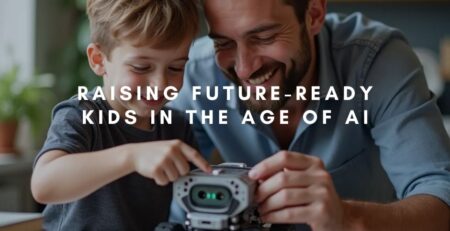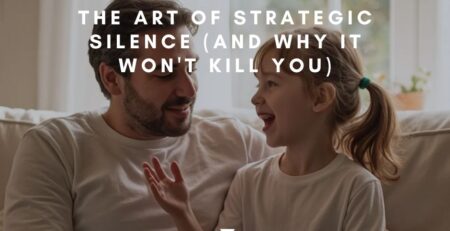How To Teach Children with Play
A lot of parents try teach their children with play based learning method but not sure if they are doing right.
Here are 6 helpful tips to making sure the play that you are doing with your children provide real educational benefits.
1. Plan when you will play with Children.
Although children can play at any time, proper educational lessons need to be scheduled and if possible, set certain date and time so it becomes a habit for both parent and child. If you are busy, you might not be able to play with your child every day, but to see the greatest benefits you should try to play once or twice a week.
2. Plan your introduction.
Before you start playing with your children, you should think of a way to hook their interest. You could do this through books, games or past experience. For example, if you would like to make cars with your children to do construction play, you could look together at books about cars and get them enthused first!
3. Plan and prepare, but remember to be flexible too.
Write down in advance what you want to play today, and what you will need to do it. By all means stimulate your children with books or other tools, but if they show a strong interest in creating something different, you must be flexible enough to change your plan.
4. Do not assess or advise. Instead admire and suggest.
If you avoid judging your children’s play as good or bad, you will create an environment in which they feel comfortable expressing themselves creatively.
If your idea is not the same as your children’s, let them know it is not better, just different. Provide suggestions rather than advice, so they can choose whichever idea they like. Parents who do not usually play this way might find it a bit uncomfortable at first, but your reward will be in seeing the rapid development of your children’s self-expression and creative skills. In short, let the children take ownership of their own learning and let children learn how to learn, and we, as a parent acts as a mentor.
5. Be patient.
If parent get impatient, children cannot express their ideas and thoughts freely. So if your children do not finish their creation in one day they can complete it on another.
The benefits come from the process of creating and making choices, not from the final product.
Do not dismantle or put away their creations right after they created. Even if it takes two to three weeks, let them finish before putting them away. This will create a habit of completing tasks — an essential skill for when they get older.
6. Putting toys or materials away is a part of play
Getting toys out and putting them back again provides good stimulation because it requires children to collect, arrange and stack the pieces together. Montessori is particularly strong advocate on this and make sure children put away what they played with and organize their spaces after lesson.
Parents should not put the toys away on their own, as children need to learn the habit of tidying up.
Hope it helps.













LEAVE A COMMENT